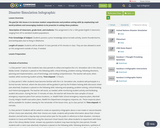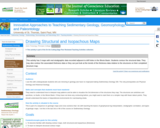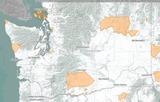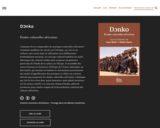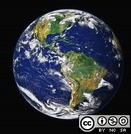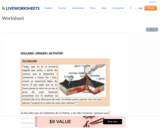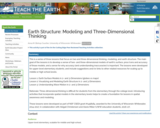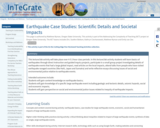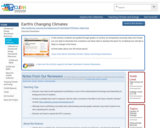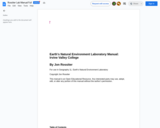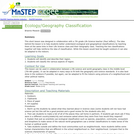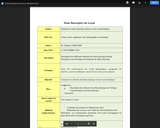L’énergie solaire au Sénégal : un droit, des droits, une histoire
Long Description:
L’énergie solaire est une promesse de développement et de prospérité pour l’Afrique. Elle a été annoncée et expérimentée sur le continent dans un esprit de science ouverte et de « communs » technologiques et énergétiques il y a déjà près de soixante ans. Séchoirs et chauffe-eaux, pompes solaires et centrales électriques thermodynamiques : des pionniers ont développé et installé, dès la fin des années 1950, des techniques et des matériels en Afrique de l’Ouest et en particulier au Sénégal.
Le présent ouvrage, issu de deux journées d’études organisées à Dakar en mai 2016, rend compte pour la première fois, de manière particulièrement symbolique, de cette histoire et du futur de l’énergie solaire en Afrique. Il rassemble, dans une première partie, des témoignages d’acteurs et une mise en perspective sociohistorique large des politiques de l’énergie solaire en Afrique de l’Ouest sur un demi-siècle. Ce regard est complété par la réédition d’un texte de référence du professeur Abdou Moumouni Dioffo, pionnier nigérien de l’énergie solaire dès 1964.
Dans une seconde partie, cet ouvrage interroge également les prolongements actuels de l’énergie solaire en France et au Sénégal, en particulier son encadrement juridique et réglementaire. L’énergie solaire peut-elle ou doit-elle être considérée comme un « commun » ou un droit humain fondamental? Quels sont aujourd’hui les droits associés à l’énergie solaire au Sénégal? Quels enseignements tirer d’une comparaison avec le corpus juridique en la matière tel qu’il existe en France?
Associant juristes français et sénégalais, et spécialistes de la sociologie et des politiques de l’énergie, cet ouvrage se veut au final une invitation et un outil pour poursuivre les recherches sur l’histoire et le droit de l’énergie solaire en Afrique.
(Compléments vidéos, entretiens et témoignages sur le blog de recherche : https://afrisol.hypotheses.org)
Word Count: 96883
ISBN: 978-2-924661-34-5
(Note: This resource's metadata has been created automatically by reformatting and/or combining the information that the author initially provided as part of a bulk import process.)
